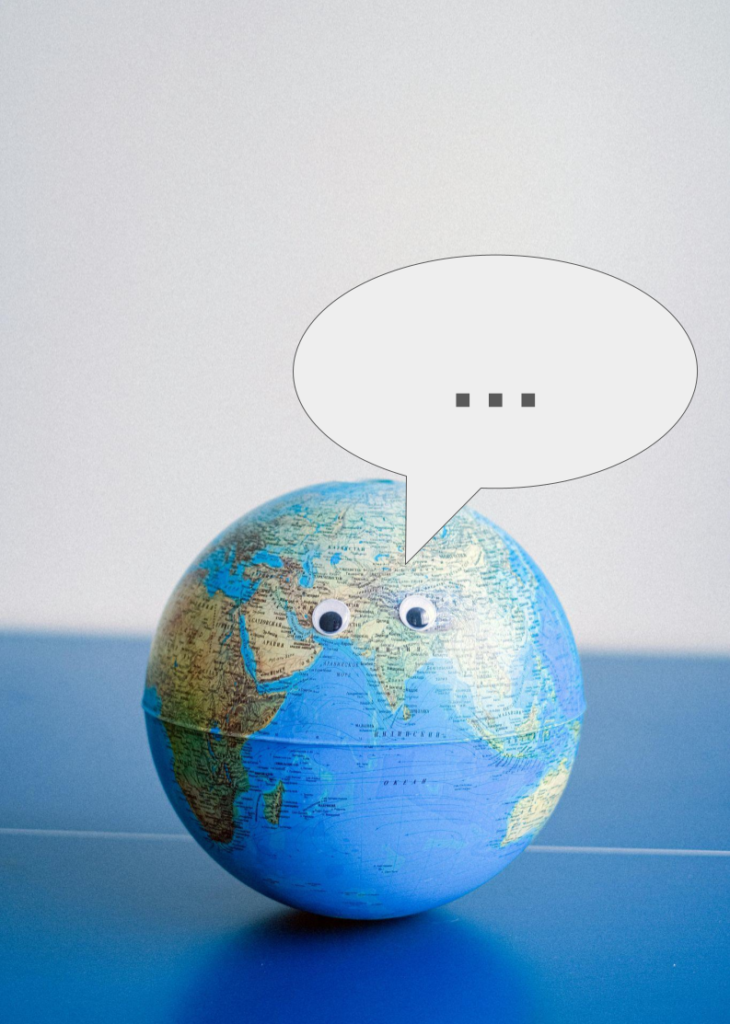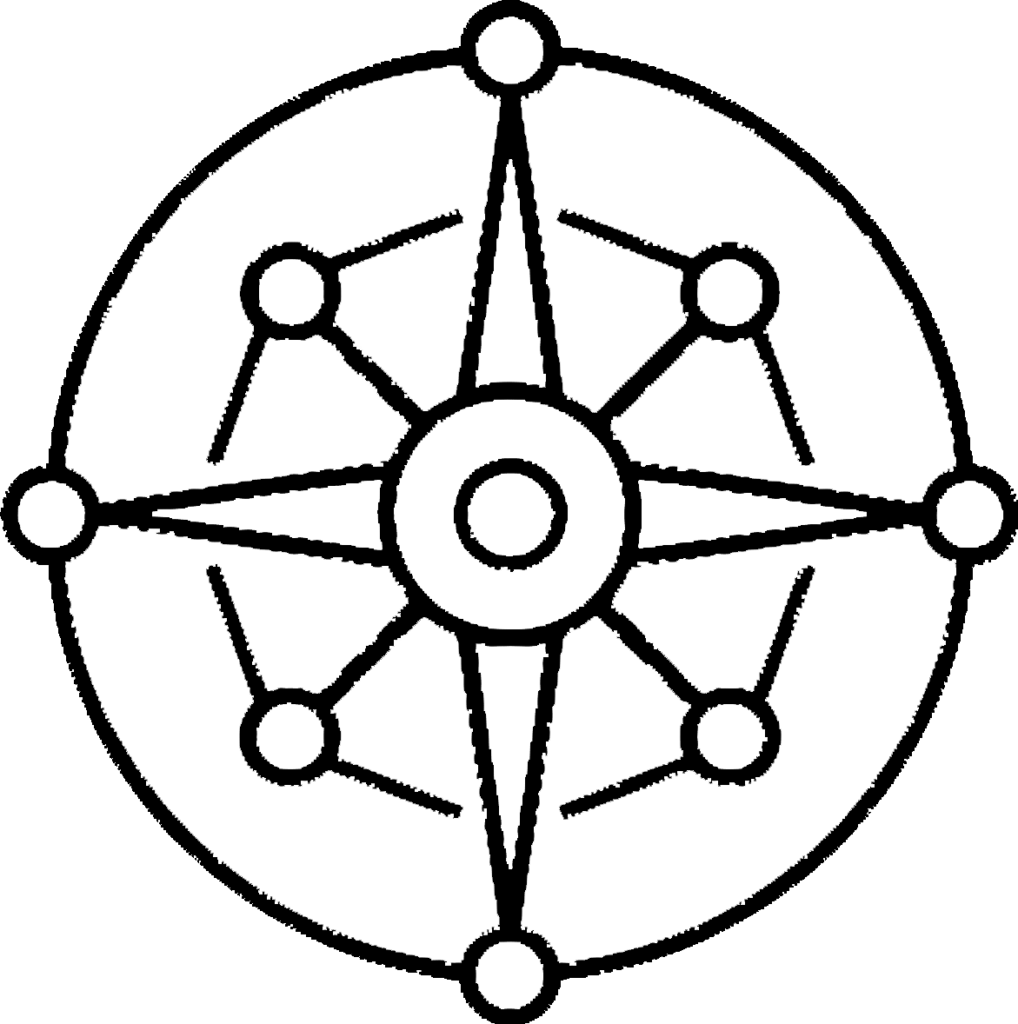Initiated in February 2024, the project envisions a new global human language generated and optimized by Artificial Intelligence (AI) that combines features of all live human languages around the globe.
The financial support of the project partially relies on public donations.

Languages have been evolved throughout the history of humanity, each benefiting from different features in every layer of them, from sounds to pragmatics. Is it possible to use Artificial Intelligence as a tool to generate and optimize a human language that maximizes all these features and can be used around the globe?
We are working on it …
Overview of the project
The goal of the proposed project is to generate a global human language using Artificial Intelligence algorithms that benefits from features of all live human languages around the globe.
Each language is formed of seven layers that are transferred to each other consequently. These layers include:
- Sounds
- Phonemes
- Morphemes
- Words
- Sentences
- Meanings
- Pragmatics
In order to generate a global human language, we need to define all layers of each live language around the globe in a standard format that could be fed to the machine.
The standardization of the language should define the elements of each layer of the corresponding language, the inter-layer rules and the intra-layer transition rules.
After feeding all the live languages of the globe, the artificial intelligence algorithm would be able to generate a new language that maximizes certain predefined features of the output language.
Each layer of the language comes up with certain features that should be maximized during optimization. Some of the language features that could be optimized during language generation using artificial intelligence are:
- Beauty
- Pronounceability
- Associativeness
- Learnability
- Intuitiveness
- Lack of exceptions
- Unambiguity
- Written as pronounced
- Expressiveness
- Multi-purposeness
- Benefiting from abstraction
It should be noted that many of the proposed features should be evaluated using human brain, because the language is supposed to be used by humans and not machines.
The AI-generated global human language project is broken down into specific subprojects, each conducted by various scholars. Following the standard structure of Synaptosearch, this project is also initiated by the Core members with the collaboration of external research scholars, scientists and consultants in different disciplines including Artificial Intelligence, Cognitive Science, Linguistics, Software Engineering, Philosophy, Musicology, etc.
